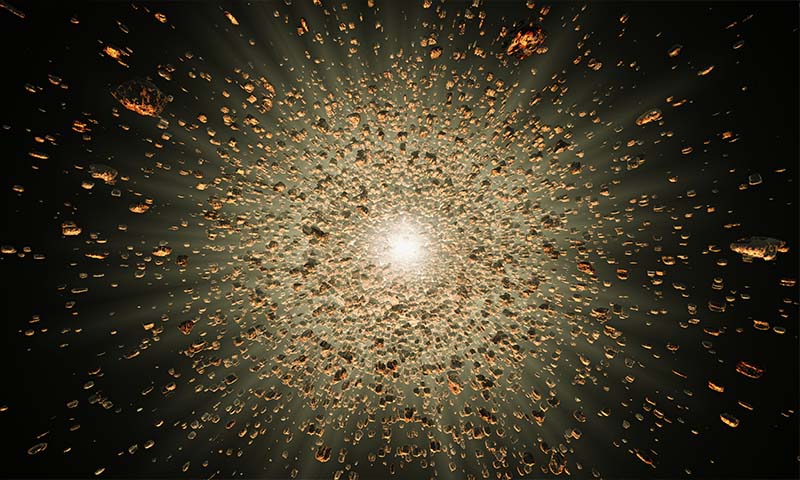When the question of mass extinction comes up, there’s always an air of mystery associated with it. Some suggest that it happened gradually, some suggest it happened really fast. The real reason behind the mass extinction, some suggest, is due to a supernova explosion. What is a supernova, you ask? It is an extremely powerful stellar explosion caused by the existence of too much matter. The core of the star becomes too heavy to withstand the gravitational force that it creates on it. Therefore, eventually, it results in a giant explosion as the core of the star collapses, resulting in a supernova.
It may seem like something that occurs in the distance, but you would be underestimating the power if you think so. A supernova is such an explosion that is destructive beyond human imagination. For instance, if the Sun explodes, it would create shocks in the entire solar system. The side of the Earth-facing the Sun might even melt away due to the colossal impact. Generally, after a supernova, the outer layers of the stars are blown off and the contracting core is what remains. It is said that the materials that fly out of it can result in the formation of new stars. It has been estimated that every 50 years, a supernova occurs in the Milky Way galaxy. Unfortunately, it is not visible to the naked human eye and it is thus not possible for anyone to witness.
Scientists from the University of Illinois, Urbana-Campaign astronomy, and physics professor Brian Fields have been speculating that the extinction event that occurred 359 million years ago was caused by an astronomical event. The team studied rocks of Devonian- Carboniferous boundary which suggested that they have been sunburnt by ultraviolet light. Fields said, “Earth-based catastrophes such as large-scale volcanism and global warming can destroy the ozone layer, too, but evidence for those is inconclusive for the time interval in question. Instead, we propose that one or more supernova explosions, about 65 light-years away from Earth, could have been responsible for the protracted loss of ozone.” Researchers are yet to find the pattern and discover evidence on the geological record that points to the supernova explosion.







